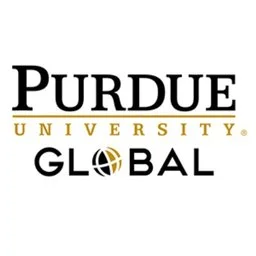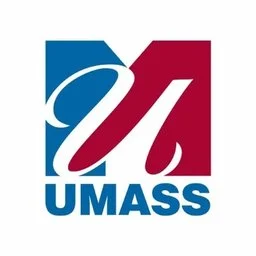MHA FPX5004 Assessment 4 Self-Assessment of Leadership, Collaboration, and Ethics
Place Your Order NowMHA FPX5004 Assessment 4 Self-Assessment of Leadership, Collaboration, and Ethics
Effectiveness of Autocratic Leadership
Initially, the autocratic leadership approach was effective in providing clear direction and ensuring that the project stayed on track to meet its goals. The shared vision was well-defined, and I made decisive choices to advance the project. However, this approach did not always garner immediate “buy-in” from all stakeholders. Some team members preferred a more participative leadership style, which could have contributed to a more inclusive decision-making process (Belrhiti et al., 2020).
Decision-Making Processes and Outcomes
While completing my MHA FPX5004 Assessment 4, Self-Assessment of Leadership, Collaboration, and Ethics, I realized that while the autocratic style facilitated quick decision-making, reflecting on the project, I acknowledge that a more collaborative approach in some instances could have yielded better outcomes.
Some of my decisions were sound and aligned with the project’s goals, such as scheduling diversity and cultural competency training (Belrhiti et al., 2020). However, in hindsight, I recognize that involving team members in certain decisions, especially those related to Haitian cultural values and practices, might have resulted in more culturally informed choices.
Communication of Vision and Decisions
I communicated our shared vision, values, and decisions through regular team meetings, email updates, and presentations. However, I now realize that my communication could have been more inclusive and open to feedback. A more democratic leadership style may have encouraged greater engagement and participation from team members, resulting in a richer pool of ideas and perspectives (Belrhiti et al., 2020).
Fostering Collaboration and Motivation
In fostering collaboration among stakeholders, I implemented various strategies to encourage effective communication and engagement. Regular team meetings were structured to allow open discussions, ensuring that every member had the opportunity to voice their ideas and concerns. Additionally, I established a digital platform for continuous communication, enabling participants to exchange thoughts and updates asynchronously. Despite occasional challenges, such as differences in communication styles, the team gradually developed effective ways to interact, fostering a collaborative environment (Fulk, 2021). By addressing communication barriers promptly and promoting active listening, I encouraged participants to engage meaningfully with one another.
To motivate stakeholders and energize the team in the context of Collaboration, and Ethics,” I focused on aligning individual aspirations with the project’s overarching vision. I emphasized the importance of our work in enhancing healthcare services for the local Haitian population, tapping into the intrinsic motivation of participants who were passionate about cultural competence. Recognition of achievements and milestones, coupled with constructive feedback, bolstered morale and enthusiasm (Fulk, 2021). However, I recognize the need for more personalized motivational tactics tailored to diverse stakeholder preferences. In future projects, I intend to incorporate a broader range of motivational strategies to cater to the unique needs of team members, ensuring sustained enthusiasm and commitment.
Ethics Experience
Ethical Dilemma and Analysis
In my role at Lakeland Medical Center, I encountered an ethical dilemma related to patient confidentiality and the duty to report potential harm. During a team meeting, a colleague inadvertently mentioned a patient’s name and condition when discussing a recent case. This breach of patient confidentiality raised concerns about our commitment to upholding the ethical principles outlined in the American Nurses Association (ANA) Code of Ethics (American College of Healthcare Executives, 2022).
Self-Assessment of Leadership, Collaboration, and Ethics
The ANA Code of Ethics for Nurses emphasizes the importance of safeguarding patient confidentiality and privacy. In this situation, I had to balance the duty to respect patient privacy with the responsibility to promote a culture of safety and report potential harm (American College of Healthcare Executives, 2022). I immediately recognized the breach of patient confidentiality and approached my colleague privately to discuss the matter. I reminded them of the importance of patient privacy and our ethical obligations as healthcare professionals. Together, we decided to report the incident to our supervisor, in line with our workplace code of ethics, which prioritizes patient safety and confidentiality.
Order Now






